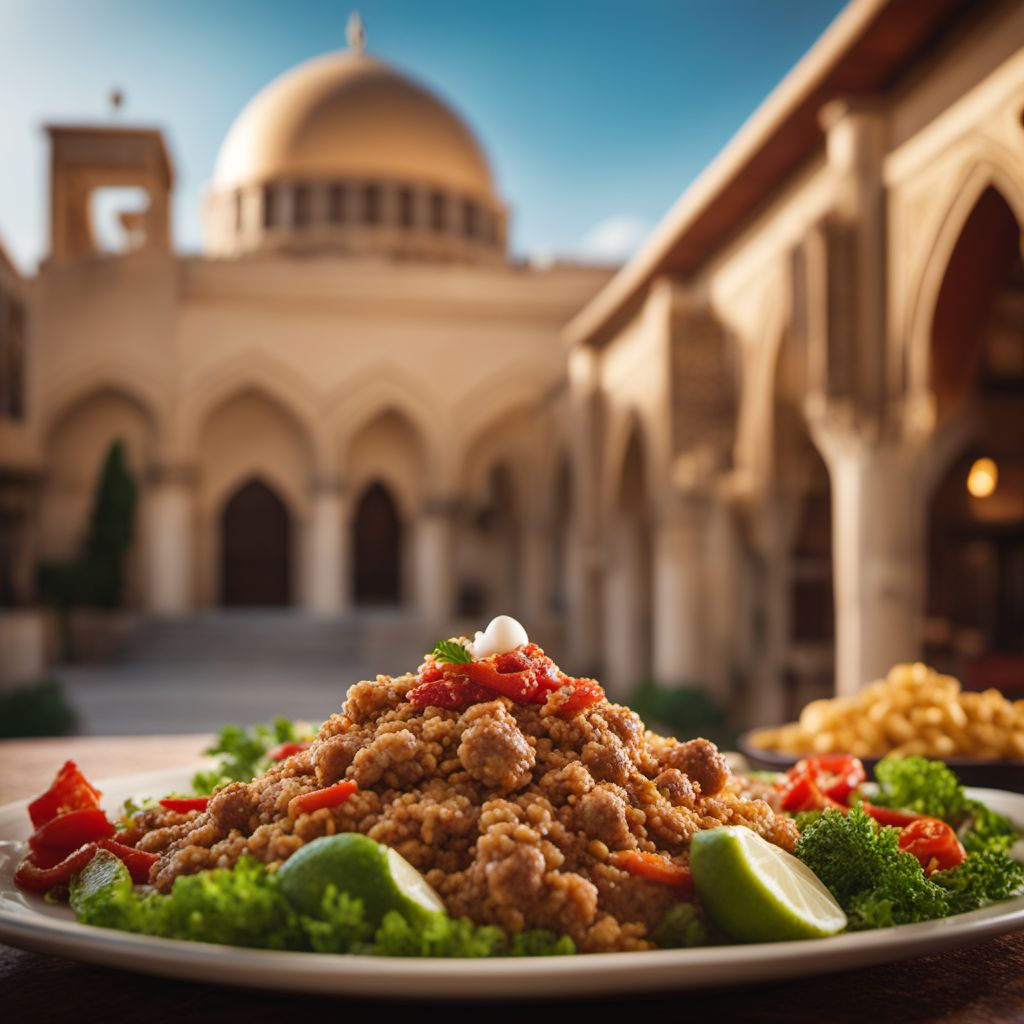
Cuisine
Lebanese cuisine
Lebanese cuisine is characterized by its use of fresh herbs and spices, such as mint, parsley, cumin, and coriander. It also features a variety of grilled meats, such as lamb and chicken, as well as vegetarian dishes such as tabbouleh and hummus. Some of the most popular dishes include kibbeh, a meat and bulgur wheat dish, and shawarma, a grilled meat sandwich.
Typical ingredients
Lamb, Chicken, Beef, Bulgur, Chickpeas, Lentils, Eggplant, Tomatoes, Cucumbers, Yogurt, Mint, Parsley, Cumin, Coriander
Presentation and garnishing
Lebanese cuisine is often presented on large platters, with the main dish in the center and various sides and garnishes surrounding it. Garnishes may include fresh herbs, lemon wedges, and drizzles of olive oil.
Lebanese wine is a popular beverage that is often served with meals. It is made from a variety of grapes, including cabernet sauvignon, merlot, and syrah.
More cuisines from this region...
Syrian cuisine, Jordanian cuisine, Israeli cuisine, Iraqi cuisine, Palestinian cuisine, Mizrahi Jewish cuisine
History
Lebanese cuisine has a long history that dates back to ancient times. It has been influenced by the various cultures that have occupied the region over time, including the Phoenicians, Greeks, Romans, and Ottomans. Lebanese cuisine also has a strong tradition of hospitality, and meals are often served family-style with large platters of food.
Cultural significance
Food is an important part of Lebanese culture, and is often used to celebrate holidays and special occasions. Many of the dishes are also symbolic, and have religious or historical significance. For example, kibbeh is often served during Ramadan, while tabbouleh is a traditional dish for Easter.
Health benefits and considerations
Lebanese cuisine is generally considered to be healthy, as it emphasizes fresh ingredients and lean proteins. However, some dishes may be high in fat or sodium, such as kibbeh or shawarma. Vegetarian and vegan options are also widely available.
Lebanese cuisine dishes Browse all »
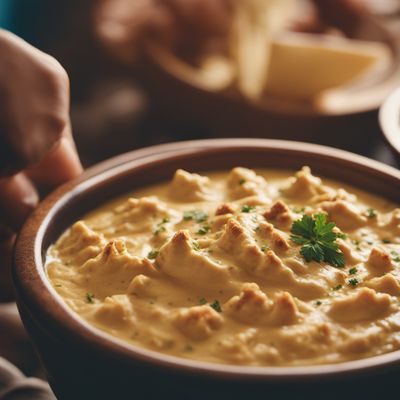
Hummus Beiruti
Lebanese hummus
Hummus Beiruti is a Lebanese-style hummus made with chickpeas, tahini, and a blend of spices. It is a popular dip or spread in the Middle East and can be served with pita...
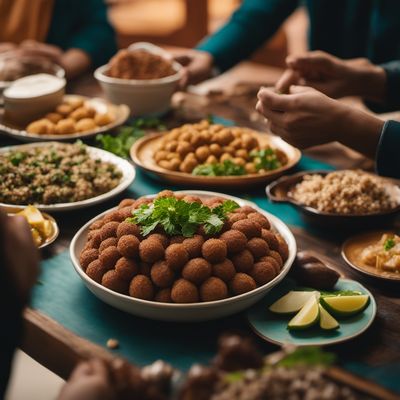
Kubbah qrāṣ
Kibbeh Qras
Kubbah qrāṣ is a traditional Middle Eastern dish that is made with bulgur wheat, ground beef or lamb, and a variety of spices. It is typically served as an appetizer or main course.

Burghul banadoura
Tomato bulgur
Burghul banadoura is a Middle Eastern dish made with bulgur wheat and tomatoes. It is a popular dish in Lebanese cuisine.

Khubzah bil a3shab
Khobzah bil a3shab
Khubzah bil a3shab is a traditional bread from Saudi Arabia that is enjoyed with a variety of dishes. It has a soft, fluffy texture and a slightly sweet flavor.

Shishbarak
Shish Barak
Shishbarak is a traditional Middle Eastern dish that is made from a mixture of meat and spices.

Rummaneyye
Rummaneyye is a traditional Syrian dish that is made with pomegranate molasses. It is a sweet and tangy dish that is perfect for anyone who is looking for a unique and flavorful meal.

Makanek
Makanek is a traditional Lebanese sausage made with ground lamb, beef, or a combination of both, mixed with spices and cooked to perfection. This dish is a great option for...

Salata mashwiya
Grilled Salad
Salata mashwiya is a traditional Middle Eastern salad made with grilled vegetables. The smoky flavor of the vegetables pairs perfectly with the tangy dressing, making this...
Lebanese cuisine recipes Browse all »

Grilled Lebanese Vegetable Salad
Smoky Delights: Grilled Lebanese Vegetable Salad

Lebanese Spinach Fatayer
Savory Spinach Stuffed Lebanese Pastries
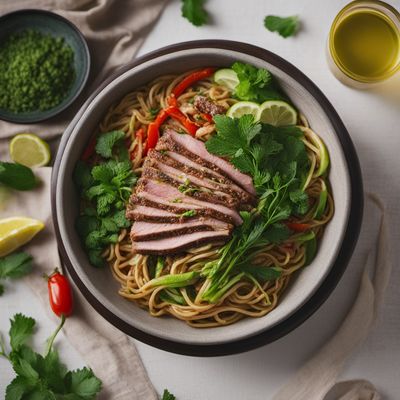
Lebanese-inspired Toshikoshi Soba
Savory Lebanese Soba Delight
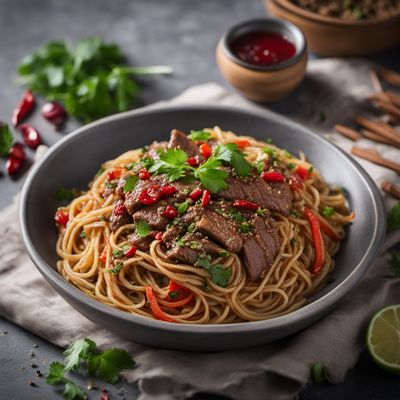
Lebanese-style Stir-Fried Noodles with Beef
Beefy Noodle Delight: A Lebanese Twist on Stir-Fried Goodness

Lebanese Spiced Fried Fish
Zesty Za'atar Fried Fish with a Lebanese Twist

Kaak Malih - Lebanese Sesame Bread Rings
Sesame Delights: Crispy Kaak Malih Rings from Lebanon
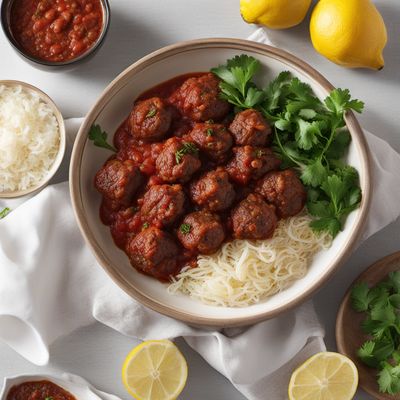
Tbeikhet 'Eid - Lebanese Spiced Meatballs
Savory Delights: Lebanese Spiced Meatballs with a Flavorful Twist
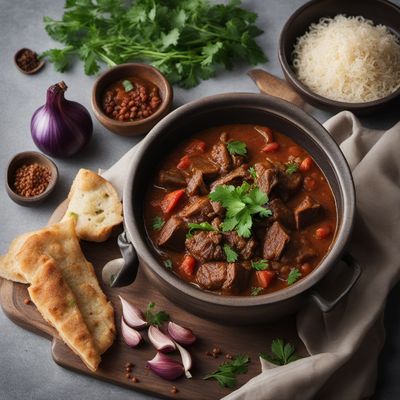
Lebanese Spiced Lamb Stew with Eggplant
Savory Delights: Lebanese Lamb and Eggplant Medley

Stuffed Grape Leaves with Rice and Herbs
Mediterranean Delight: Fragrant Stuffed Grape Leaves
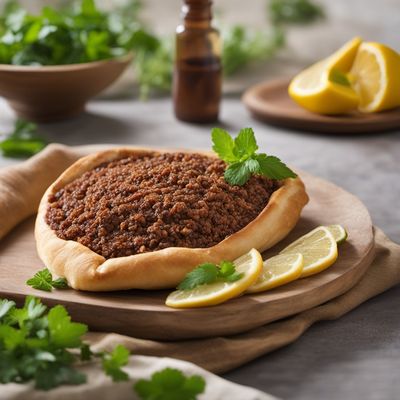
Lebanese Sfiha with a Twist
Spiced Lamb Flatbread Delight
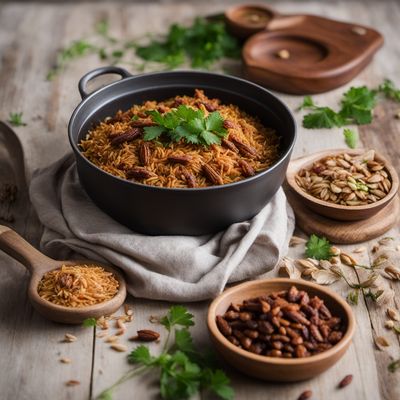
Lebanese Lamb and Rice Casserole
Savor the Flavors of Lebanon: Lamb and Rice Delight
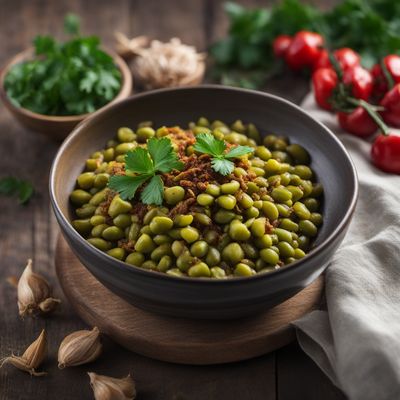
Lebanese Spiced Fava Beans with Garlic and Lemon
Zesty Lebanese Fava Beans: A Burst of Flavor and Tradition